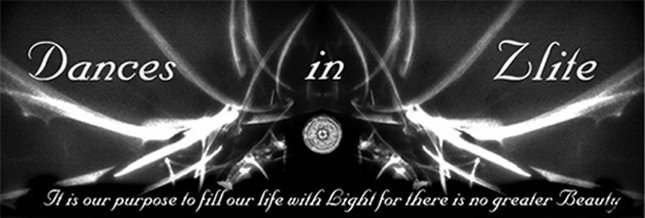
taRAtears
Tārā (Sanskrit: tārā) or Ārya Tārā, also known as Jetsun Dolma (rje btsun sgrol ma) in Tibetan, is a female Buddha typically associated with Buddhist tantra practice as preserved in Tibetan Buddhism. She is the "mother of liberation", and represents the virtues of success in work and achievements. Tārā is a tantric deity whose practice is used by practitioners of the Tibetan branch of Vajrayana Buddhism to develop certain inner qualities and understand outer, inner and secret teachings about compassion and emptiness. In Japan she is known as Tarani Bosatsu and is known in China as Quan Yin.
The most widely known forms of Tārā are:
* Green Tārā, known as the Buddha of enlightened activity
* White Tārā, known for compassion, long life, healing and serenity; also known as The Wish-fulfilling Wheel, or Cintachakra
* Red Tārā, a fierce aspect associated with magnetizing all good things
* Black Tārā, associated with power
* Yellow Tārā, associated with wealth and prosperity
* Blue Tārā, associated with transmutation of anger
* Cittamani Tārā, a form of Tārā widely practiced at the level of Highest Yoga Tantra in the Gelug School of Tibetan Buddhism, portrayed as green and often conflated with Green Tārā
* Khadiravani Tārā (Tārā of the teak forest), who appeared to Nagarjuna in the Khadiravani forest of South India and who is sometimes referred to as the 22nd Tārā.
The main Tārā mantra is oṃ tāre tuttāre ture svāhā (pronounced by Tibetans and Buddhists who follow the Tibetan traditions as oṃ tāre tu tāre ture soha).
Within Tibetan Buddhism Tārā is regarded as a Boddhisattva of compassion and action. She is the female aspect of Avalokitesvara (Chenrezig) and in some origin stories she comes from his tears. Bodhisattvas are often considered metaphoric for Buddhist virtues.
Tārā is also known as a saviouress, as a heavenly deity who hears the cries of beings experiencing misery in samsara. Quotation from H.H the Dalai Lama about Tārā, spoken at a conference on Compassionate Action in Newport Beach, CA in 1989:
"There is a true feminist movement in Buddhism that relates to the goddess Tārā. Following her cultivation of bodhicitta, the bodhisattva's motivation, she looked upon the situation of those striving towards full awakening and she felt that there were too few people who attained Buddhahood as women. So she vowed, "I have developed bodhicitta as a woman. For all my lifetimes along the path I vow to be born as a woman, and in my final lifetime when I attain Buddhahood, then, too, I will be a woman."



1 comment:
You certainly are creating incredible images. Very exciting what you have done with the light reflected on the wall at Corrales!!!
InJoy and Love,
Swari
Post a Comment